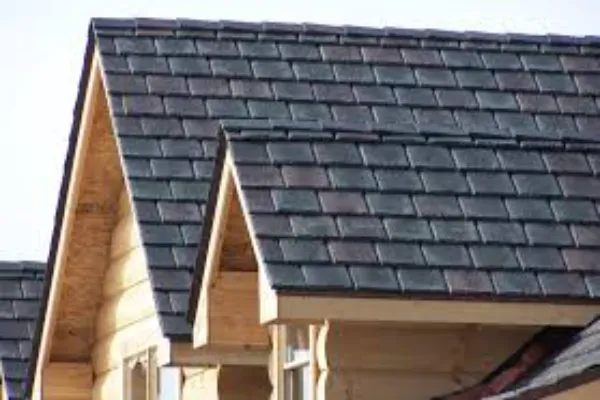Is Tile Roofing an Eco-Friendly Choice for Residential Areas?

Tile roofing has become a popular choice for homeowners seeking durability and aesthetic appeal, but how sustainable is it really? Is tile roofing an environmentally friendly option for residential properties? As more people look for ways to make their homes greener, tile roofs are gaining attention for their potential benefits to the environment.
Tile roofs are known for their long lifespan, energy efficiency, and ability to withstand harsh weather conditions. These qualities raise the question of whether they also provide eco-friendly benefits. This article will talk about sustainable tile roof materials, examining their impact on both the environment and residential properties.
Durability and Longevity
One of the most significant environmental benefits of tile roofing is its remarkable durability. Tile roofs can last 50 years or more, significantly outlasting many other roofing materials. This long lifespan means fewer materials are needed over time, reducing the frequency of roof replacements and, in turn, minimizing waste. Due to their resilience, tile roofs are less likely to require repairs or replacement, contributing to a reduction in resource consumption.
Natural and Sustainable Materials
Tile roofing is often made from natural materials such as clay, concrete, or slate. These sustainable tile roof materials are abundant, locally sourced, and have a minimal environmental footprint during production compared to synthetic roofing materials. Clay tiles, in particular, are fired at high temperatures, which, though energy-intensive, results in a product that is both long-lasting and sustainable. Unlike asphalt shingles, which are petroleum-based, tile roofing does not rely on fossil fuels for its production. This difference significantly lowers the environmental impact of the manufacturing process.
Energy Efficiency
Tile roofs are naturally energy-efficient due to their ability to regulate temperature. The materials used in tile roofs provide excellent insulation, keeping homes cooler in the summer and warmer in the winter. This reduces the reliance on heating and cooling systems, which leads to lower energy consumption and decreased greenhouse gas emissions. In areas with hot climates, the reflective properties of tile roofs can help reduce the urban heat island effect. This helps lower the overall temperature of the surrounding environment.
Low Maintenance and Reduced Waste
Tile roofs are incredibly low-maintenance, which contributes to their eco-friendly nature. With proper installation, they can last for decades without needing significant repairs.
Recyclability and End-of-Life Disposal
- Recyclability: When tile roofing eventually reaches the end of its life cycle, the materials can often be recycled. Clay and concrete tiles can be broken down and repurposed, which prevents them from ending up in landfills.
- Reusability: In some cases, older tiles can be reused in other applications, thus reducing their environmental footprint.
This makes tile roofs a more sustainable option compared to other materials that are often not recyclable or reusable.
Minimal Chemical Use in Production
The manufacturing process for tile roofs typically uses fewer chemicals compared to asphalt shingles. This reduces the release of harmful toxins into the environment during production. Fewer chemicals in the production process also means that tile roofing contributes to healthier air quality during manufacturing and installation.
Increased Property Value
While not directly related to the environmental impact, tile roofing can increase the overall value of a property. Due to its durability and long lifespan, homes with tile roofs tend to have higher resale value. This makes tile roofing an investment that benefits both homeowners and the environment.
Thus, tile roofing offers multiple environmental benefits, from its durability to its minimal impact on the planet. With its long lifespan, energy efficiency, and ability to be recycled, tile roofing proves to be an eco-friendly option for residential areas. By choosing tile roofing, homeowners can make a sustainable choice that benefits both their homes and the environment.




